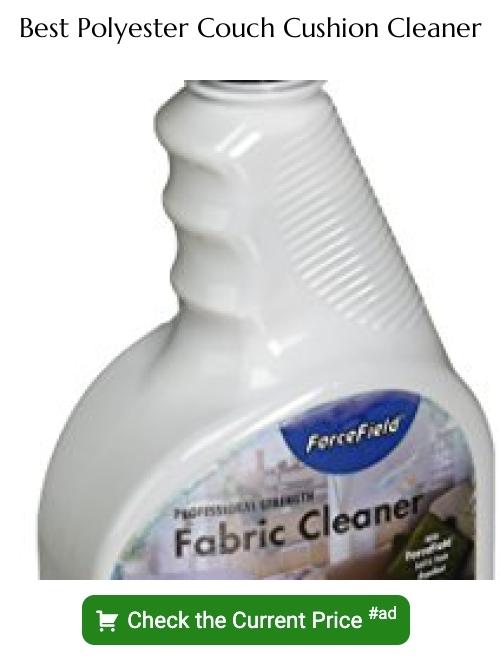Last updated on
Discover the simple yet effective steps to clean your polyester couch cushion covers, keeping them looking fresh and extending their lifespan.
Polyester couch cushion covers are a popular choice for many homeowners due to their durability, affordability, and easy maintenance. However, with regular use, these covers can accumulate dirt, stains, and unpleasant odors that can make your living room look unkempt and uninviting.
Fortunately, washing polyester couch cushion covers is a simple task that you can easily do at home with the right tools and techniques. In this article, we will guide you through the step-by-step process of washing your polyester couch cushion covers to keep them looking clean and fresh for years to come.
So grab your laundry detergent and let’s get started!
Key takeaways:
- Read care labels for washing instructions and temperature restrictions
- Remove loose debris and pre-treat stains before washing
- Unzip or unfasten covers carefully and shake out debris
- Spot clean stains using gentle soap and water
- Machine wash on a gentle cycle or hand wash with mild detergent
Table of Contents
Reading Care Labels
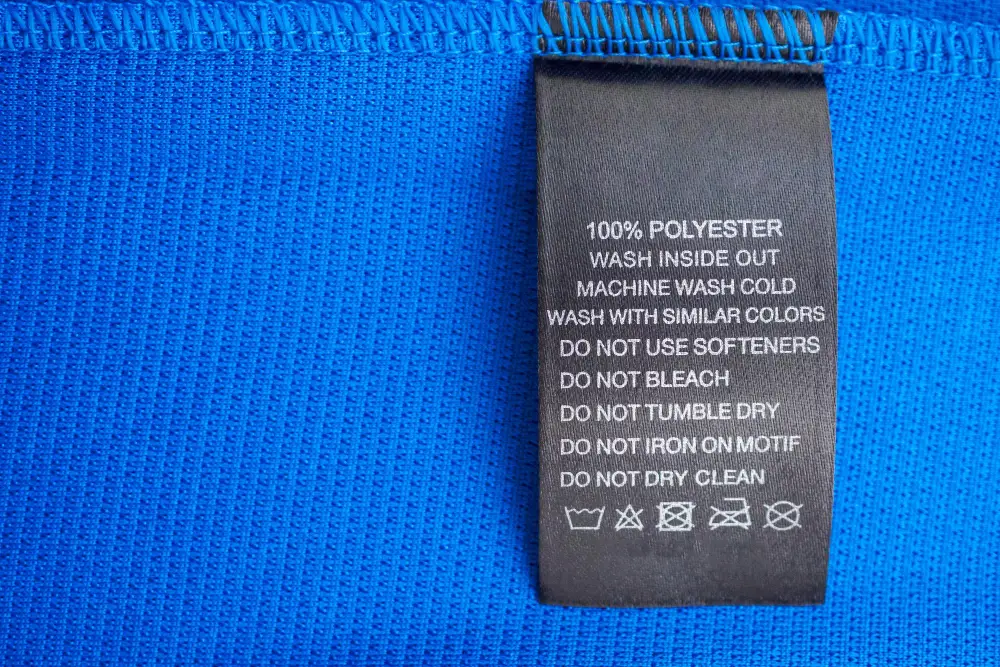
These labels provide valuable information on how best to clean and maintain your cushions without damaging the fabric or causing shrinkage. Care instructions may vary depending on the manufacturer, so be sure to check each label carefully.
Typically, you’ll find symbols that indicate whether machine washing is safe or if handwashing is required. Some fabrics may require dry cleaning only while others can withstand both machine and handwashing methods.
It’s also important to note any temperature restrictions for washing and drying as high heat can cause damage such as shrinking or fading of colors.
Preparing for Washing
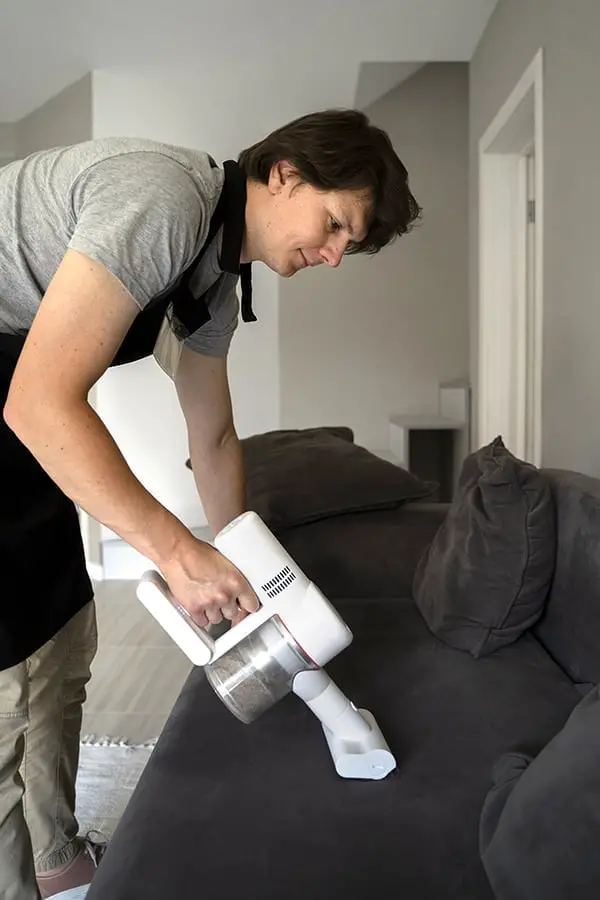
First, check the care label on each cover for specific instructions and recommendations from the manufacturer. Some covers may require special treatment or a particular type of detergent.
Next, remove any loose debris or dirt from the cushions by using a soft-bristled brush or vacuum cleaner attachment. This step will prevent any particles from getting trapped in the fabric during washing.
If you’re dealing with stubborn stains such as pet urine or bloodstains, pre-treat them before washing by applying a stain remover directly onto the affected area and letting it sit for 10-15 minutes before rinsing off with cold water.
Lastly, sort your cushion covers according to color and wash them separately to avoid color bleeding between different fabrics.
Unzipping and Removing Covers
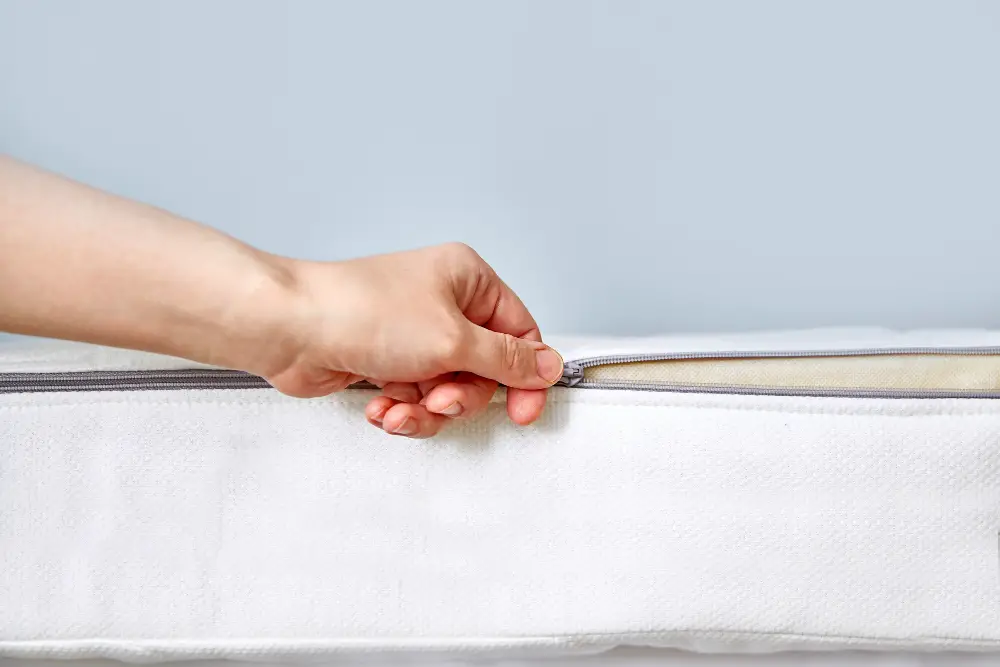
Start by unzipping each cover carefully, making sure not to damage any zippers or seams in the process. If there are no zippers on your cushion covers, look for other fastenings such as buttons or snaps that may need to be undone before removing them.
Next, take each cover off of its respective cushion and shake out any loose debris like crumbs or pet hair. This will help ensure a more thorough cleaning when you wash them later on.
If there are any stubborn stains on your couch cushions that won’t come out with spot cleaning alone, consider pre-treating those areas with a stain remover before washing the entire cover. Be sure to follow all instructions provided by both the stain remover and detergent manufacturers for best results.
Spot Cleaning Stains

Spot cleaning can help remove the stain without damaging or discoloring the fabric. To do this, start by blotting up as much of the spill or stain as possible with a clean cloth or paper towel.
Next, mix a small amount of laundry detergent with warm water and apply it directly to the stained area using a soft-bristled brush. Gently scrub in circular motions until you see that most of the stain has lifted.
Rinse out your brush and use it to apply plain water over where you applied soap earlier; then continue brushing gently until all traces are gone.
Rinse off any remaining soap residue from your cushion cover under running cold water while squeezing out excess moisture gently. Avoid wringing too hard because this could damage its shape and elasticity.
Machine Washing Techniques

Before tossing the covers into the washer, make sure to read and follow the care label instructions carefully. Here’s how to wash your polyester couch cushion covers in a washing machine:
- Remove any loose dirt or debris from the cover by shaking it out or using a lint roller.
- Turn the cover inside out before placing it in the washing machine.
- Use cold water and mild laundry detergent on a gentle cycle setting.
- Avoid using bleach or fabric softeners as they can damage polyester fibers and cause discoloration.
- Once done with cleaning, remove promptly from washer.
Hand Washing Techniques
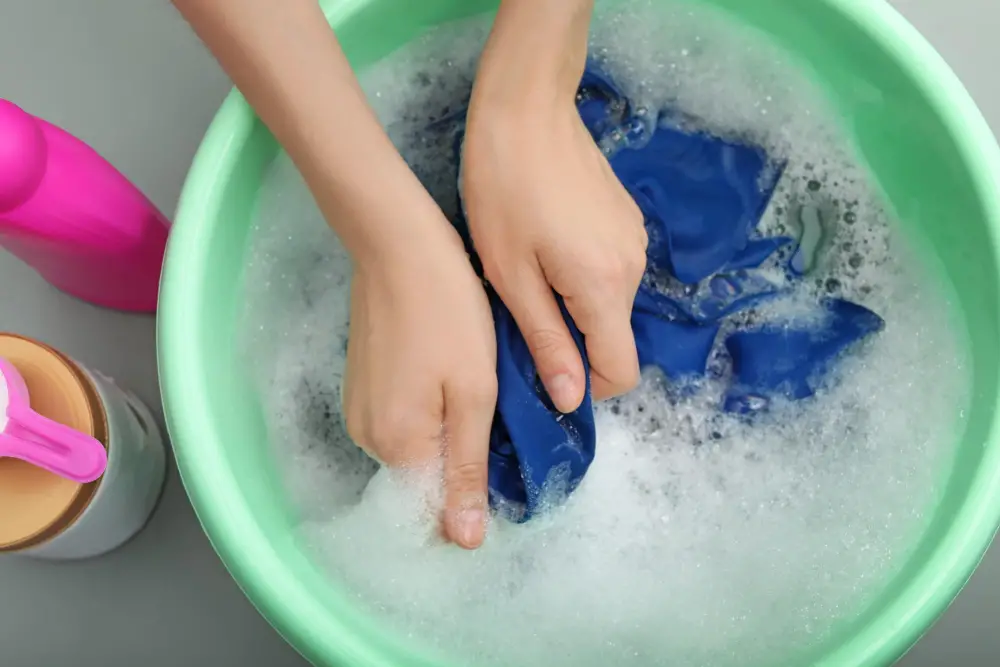
First, fill a basin or sink with lukewarm water and add a small amount of mild laundry detergent. Avoid using hot water as it can shrink the fabric and damage the colors.
Next, submerge the cushion cover in the soapy water and gently agitate it for several minutes to loosen any dirt or stains. Use a soft-bristled brush or sponge to scrub away stubborn spots but avoid rubbing too hard as this can cause pilling.
After washing each cover thoroughly, rinse them under cool running water until all soap suds are gone. Squeeze out excess moisture by pressing down on them gently without wringing them out.
Hang up your clean cushions outside in direct sunlight if possible; otherwise lay flat on towels indoors until they’re completely dry before reassembling onto your sofa’s cushions again.
Drying Cushion Covers

The best way to dry these covers is by air-drying them. You can hang the cushion covers on a clothesline or lay them flat on a clean surface in direct sunlight until they are completely dry.
Avoid using high heat settings when drying polyester fabrics as this can cause the fibers to melt and shrink, ruining the shape of your cushions. If you must use a dryer, set it at low heat and remove the cushion covers while they are still slightly damp.
It’s also essential not to wring out excess water from your couch cushion covers as this may lead to creases that will be difficult or impossible for you iron out later.
Can You Put Couch Cushion Covers in the Dryer?

After washing your polyester couch cushion covers, you may be wondering if it’s safe to put them in the dryer. The answer is yes, but with some precautions.
Before tossing them into the dryer, make sure to read and follow the care label instructions carefully. Some covers may require air-drying or low-heat settings only.
If your cushion covers are suitable for machine drying, use a low heat setting and remove them from the dryer as soon as they’re dry to prevent shrinkage or damage caused by high temperatures.
Alternatively, you can hang your cushion covers outside on a clothesline or lay them flat on a clean surface indoors until they’re completely dry.
Ironing and Steaming
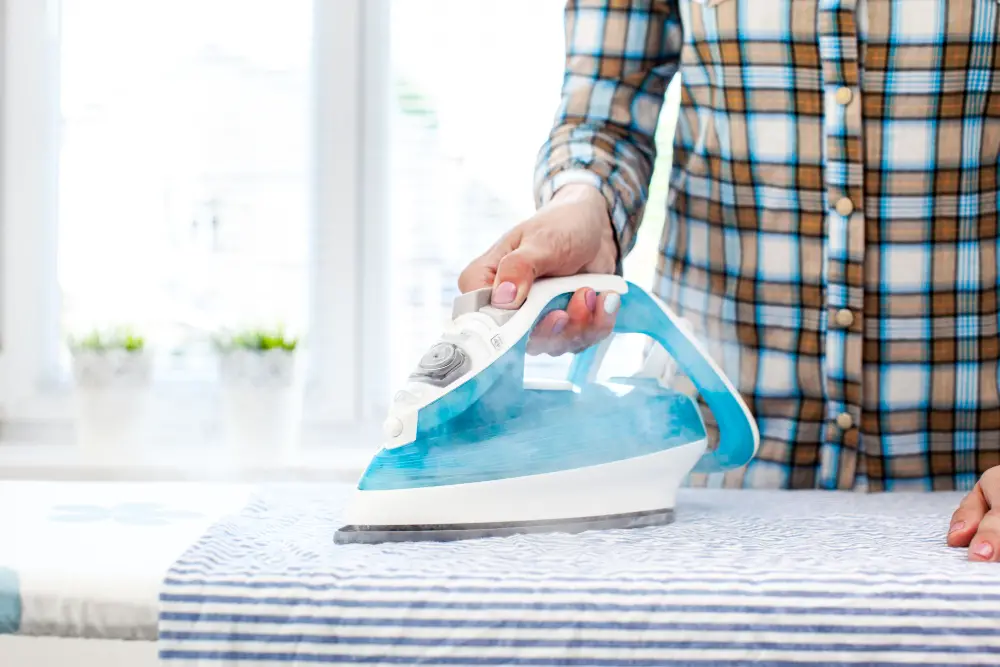
Ironing is not recommended for polyester fabrics as it can melt the fibers and cause permanent damage. However, steaming is a safe alternative that can help remove wrinkles without damaging the fabric.
To steam your cushion covers, fill a handheld steamer with water and turn it on according to the manufacturer’s instructions. Hold the steamer about six inches away from the cover and move it back-and-forth over any wrinkled areas until they disappear.
If you don’t have a handheld steamer, another option is to hang your cushions in a bathroom while running hot water in the shower for several minutes. The steam from this will also help release any wrinkles.
Reassembling Couch Cushions
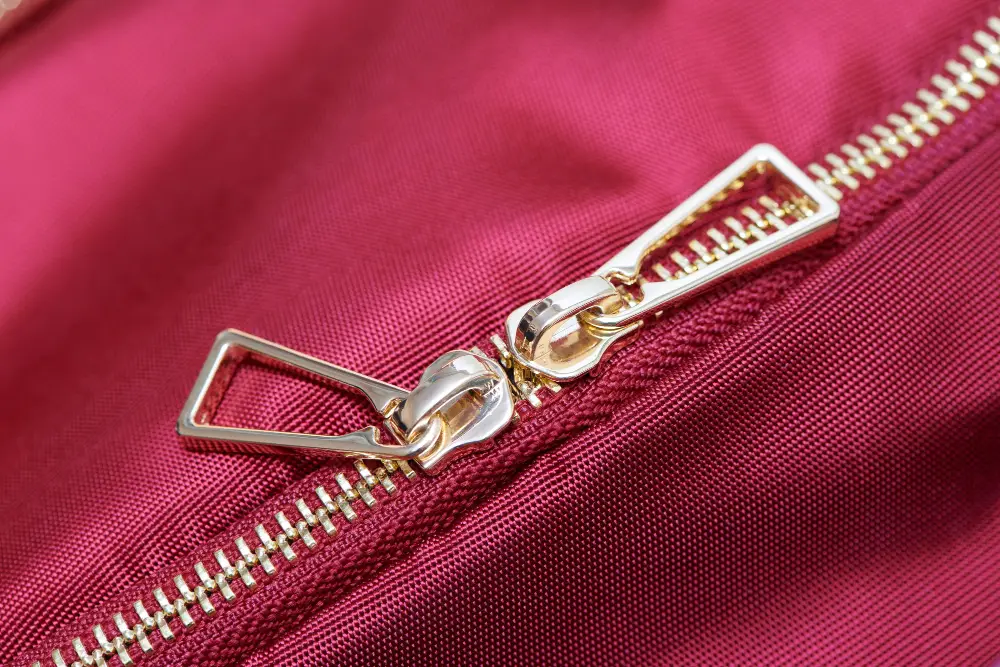
Start by checking the care label for any specific instructions on how to put the covers back on. Some cushions may have zippers or buttons that need to be aligned properly before you can zip up or button up the cover.
Next, place each cushion back into its corresponding cover and make sure it fits snugly without any wrinkles or bulges. If necessary, adjust the foam filling inside so that it sits evenly within the cover.
Zip up or button up each cushion cover securely and fluff them out a bit with your hands to restore their shape. Your freshly washed polyester couch cushions are now ready for use again!
Maintaining Cleanliness

One way to do this is by vacuuming them regularly using a soft brush attachment. This will help remove any dust or debris that may accumulate on the surface of the cushions.
Another tip for maintaining cleanliness is to avoid eating or drinking on your couch as much as possible. Spills and stains can quickly ruin the appearance of your cushion covers, so it’s best to keep food and drinks in designated areas such as a dining table.
If you have pets at home, consider covering your couch with a protective cover when they are around. This will prevent pet hair from sticking onto the cushions and also protect against scratches caused by their claws.
Prevention of Future Stains

One way to do this is by using a fabric protector spray on the cushions after washing them. This will help repel liquids and prevent stains from setting in.
Another tip is to avoid eating or drinking on the couch as much as possible, especially if you have light-colored cushion covers. If spills happen, clean them up immediately with a damp cloth before they can set in.
You can also consider investing in removable armrest covers and backrest protectors for added protection against spills and stains.
How Often to Wash Couch Covers?

If you have a busy household with kids or pets that frequently use the couch, it’s recommended to wash your polyester cushion covers every two weeks. However, if you live alone or don’t spend much time on your sofa, washing them once a month is sufficient.
Another factor to consider is whether anyone in your home has allergies or respiratory issues. In this case, it’s best to wash the covers more frequently (once a week) since they can accumulate dust mites and other allergens over time.
Ultimately though – trust yourself! You know when something needs cleaning by looking at it; if there are visible stains/spills/dirt marks then give those areas some attention before waiting for an arbitrary amount of time between cleans!
Dry Cleaning Sofa Covers: Is It a Good Idea?
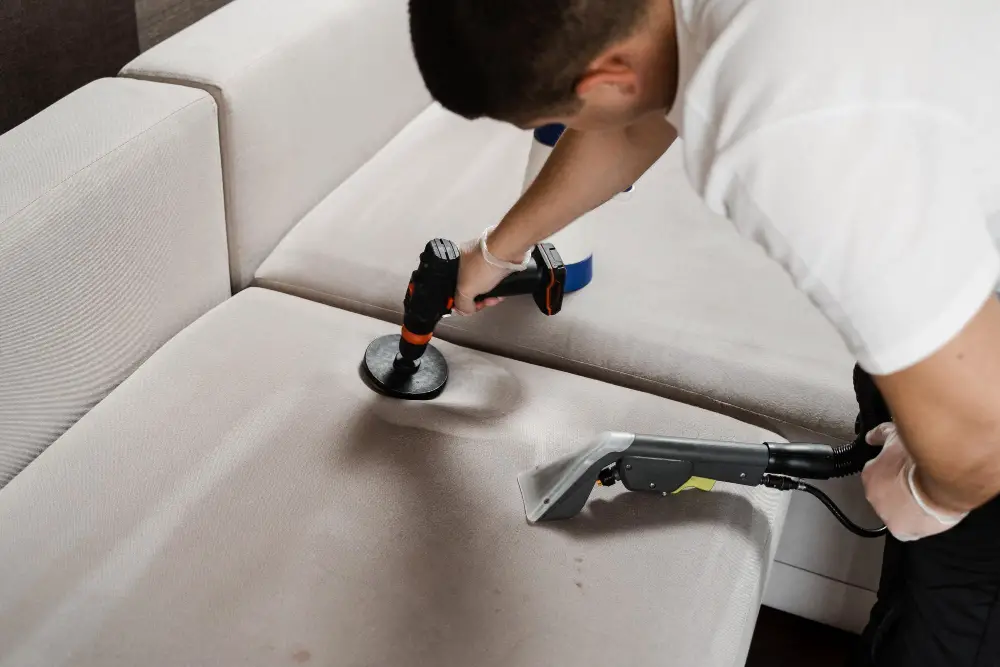
It’s important to note that not all sofa covers are suitable for dry cleaning. Before taking your polyester couch cushion covers to the dry cleaners, check the care label first and see if it recommends this method.
While some polyester fabrics can be safely dry cleaned, others may shrink or lose their color when exposed to certain chemicals used in the process. Frequent trips to the dry cleaners can add up in cost over time.
If you’re unsure whether your couch cushion covers should be taken for professional cleaning or washed at home instead, consult with a fabric specialist or refer back to our guide on reading care labels before making any decisions.
What Causes the Shrinking of Sofa Covers During Washing?

This can be frustrating, especially if you have invested in high-quality cushion covers that fit perfectly on your couch. The main cause of shrinking is the use of hot water and high heat settings when washing and drying polyester fabrics.
Polyester fibers are sensitive to heat, which causes them to shrink or melt under extreme temperatures.
To avoid this issue, always read the care label on your cushion cover before washing it. Most manufacturers recommend using cold water and low-heat settings when cleaning polyester fabrics to prevent shrinking or damage to the material’s integrity.
If you accidentally wash your sofa covers with hot water or dry them at high temperatures resulting in shrinkage, don’t worry; there are ways to fix it! You can try stretching out the fabric while damp by pulling gently from all sides until it regains its original shape. Alternatively, consider taking your cushions for professional alteration services where they will be stretched back into their original size without damaging their quality.
How to Wash Popular Types of Sofa Cover Fabrics Without Shrinking

Other popular types of sofa cover fabrics include cotton, linen, and microfiber. While these fabrics have their unique characteristics and benefits, they also require specific care to avoid shrinking during washing.
Cotton is a breathable natural fiber that feels soft and comfortable against the skin. However, it tends to shrink when exposed to high temperatures or agitation in the washing machine.
To prevent this from happening, wash your cotton sofa covers in cold water on a gentle cycle with mild detergent.
Linen is another natural fiber that has a textured appearance and dries quickly after washing. However, it can also shrink if washed improperly or dried at high heat settings.
To keep your linen sofa covers looking their best without shrinking them too much during cleaning time; hand-wash them using cool water with mild soap.
Microfiber is an artificial material made from polyester fibers that are tightly woven together for durability and stain resistance properties while still being soft enough for comfortability purposes as well! When cleaning microfiber couch cushions use warm soapy water instead of hot because hot temperatures may cause damage such as melting fibers which will lead to permanent stains on your furniture pieces!
What to Avoid Doing With Sofa Covers in the Laundry
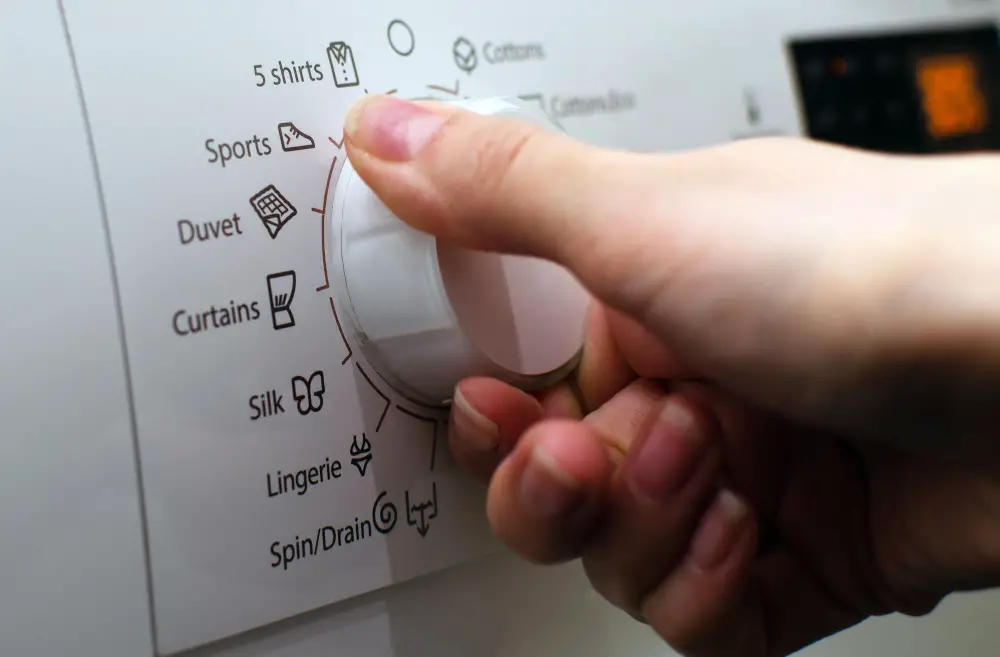
Firstly, do not use hot water as this can cause the fabric to shrink and lose its shape. Instead, opt for cold or lukewarm water and a gentle cycle on your washing machine.
Secondly, avoid using bleach or harsh detergents that contain chlorine as they can weaken the fibers of the fabric over time. Instead, use mild laundry detergent specifically designed for delicate fabrics like polyester.
Thirdly, never put your couch cushion covers in the dryer on high heat as this will also cause them to shrink and become misshapen. It’s best to air dry them by laying them flat on a clean surface away from direct sunlight.
Tips for Cleaning Your Couch Covers
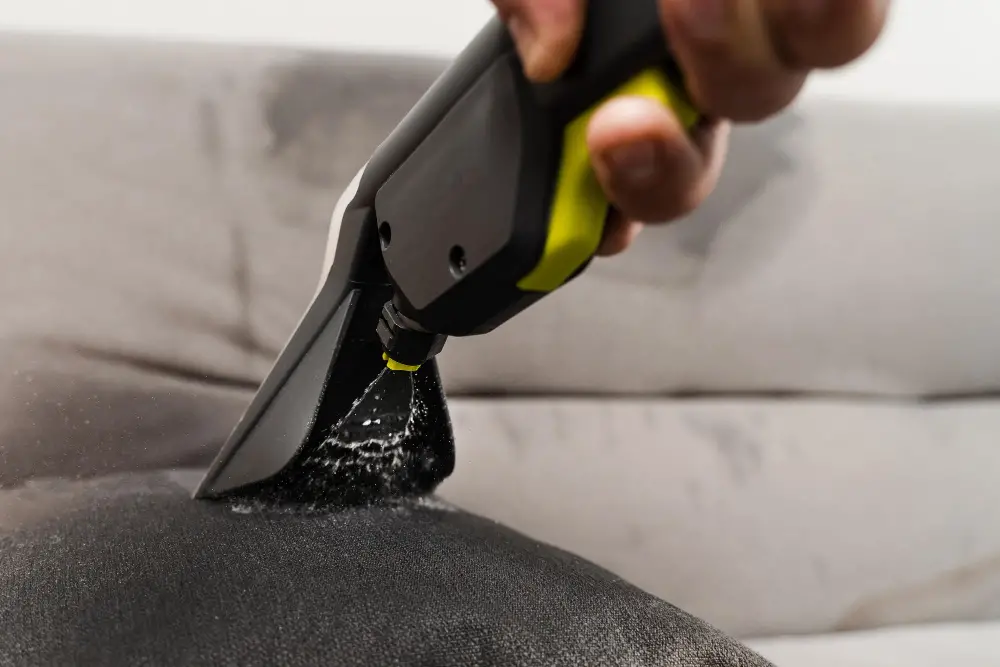
Here are some tips for cleaning your couch covers:
1. Vacuum regularly: Use a handheld vacuum or attachment to remove dust, dirt, and pet hair from the surface of the cushions.
2. Rotate cushions: To avoid uneven wear and tear on your couch cushions, rotate them every few months.
3. Use fabric protectors: Consider using a fabric protector spray that can repel spills and stains before they penetrate into the fibers of the cover.
4. Avoid eating on furniture: Eating food while sitting on furniture is one of the leading causes of stains in homes; try to eat at a table instead.
5. Clean up spills immediately: If you spill something onto your sofa cushion cover, clean it up as soon as possible with warm water or mild detergent solution before it sets in permanently.
FAQ
Can I put my couch cushion covers in the washing machine?
Yes, you can put your couch cushion covers in the washing machine, just use a cold, delicate cycle with dye-free detergent and keep them zipped, then hang or line dry them instead of using a machine dryer.
How do I know if my couch cushion covers are machine washable?
To determine if your couch cushion covers are machine washable, check for a label marked “W” for water-based cleaner, indicating that they can be placed in the washing machine separately.
Can you machine wash 100% polyester couch cushion covers?
Yes, you can machine wash 100% polyester couch cushion covers on a cold, gentle cycle, and turning them inside out before washing is recommended for extra protection.
What is the recommended cleaning method for non-removable polyester couch cushion covers?
The recommended cleaning method for non-removable polyester couch cushion covers is to spot clean using a mild detergent and a soft cloth following the manufacturer’s instructions.
Are there any specific detergents or cleaning agents to use when washing polyester couch cushion covers?
It is recommended to use mild detergents or upholstery-specific cleaning agents when washing polyester couch cushion covers.
How should I dry my polyester couch cushion covers after washing to maintain their shape and appearance?
After washing, dry your polyester couch cushion covers by laying them flat on a clean surface, away from direct sunlight, to maintain their shape and appearance.
